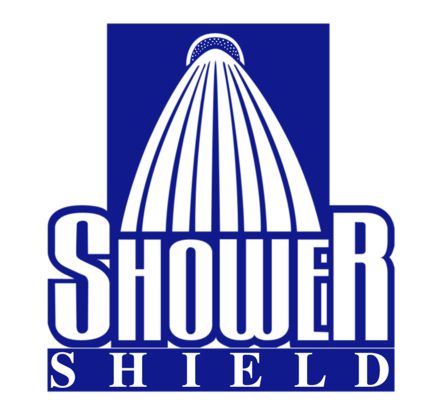Peripherally Inserted Central Catheter (PICC)s are most commonly used for
- Blood Samples
- Administering Fluids
- Chemotherapy and other medications
- Blood transfusions
- Intravenous (IV) nutrition fluids
After you leave the hospital, your PICC site may be mildly uncomfortable and may have some bleeding during the first 24 - 72 hours from being inserted. If this happens, you should apply mild pressure while using an ice pack on the site, if bleeding or discomfort increases or continues more than 72 hours call your doctor or nurse immediately.
You should be checking your PICC site every day and looking for important warning signs such as redness, leakage, blood, sore/tender area, or swelling if you experience any of these symptoms consult your doctor or nurse as you could have an infection at or near the site.
While you have your PICC catheter in place, good hygiene is essential to reduce your risk of infection to the area. This mean s that taking good care of your skin is especially important. The most commonly recommended product to wash with is Hibiclens. Medical sites will suggest that you wash with this or similar products every day while your PICC line is in place. This product and ones like it can be purchased at most pharmacies or online and contain an antiseptic called chlorhexidine gluconate (CHG). This antiseptic kills germs on your skin to reduce your risk of infection.
**It is important to remember not to use these products if you are allergic to chlorhexidine. Never use any product containing chlorhexidine on your face, genitals, ears, or open deep wounds.**
Many people ask if you are allowed to shower while your catheter is in place. The answer is Yes; most Doctors recommend showering to maintaining good hygiene, though you should always consult your doctor or nurse as every situation is different. Showering can be tricky because you must keep the exit site clean and dry to prevent infections. Products like Shower Shield make this easier by allowing you to use a one-time-use waterproof cover that goes over your dressing. Rather than the traditional methods of cutting bags and taping them on, Shower Shield provides a quicker and safer way to achieve the goal of keeping your PICC dry while showering.
Each time you shower, cover your existing sterile dressing entirely with a new Shower Shield cover to protect it from getting wet. It is important to remember that showers should be lukewarm and you should limit your showers to less than 15 minutes, Shower so that you reduce the amount of direct contact the water has to the PICC site. To put on the waterproof catheter cover, make sure that all the lumens of your catheter are secured before applying the Shower Shield and should be tucked entirely inside the waterproof catheter cover.
- Start by peeling off the wax paper backing starting from the top and sides. Place the top edge above your existing sterile dressing, do not let the adhesive on the Shower Shield touch the existing sterile dressing as this can lift your dressing when you remove the waterproof cover after showering.
- Smooth the top and sides down over your dressing making sure there are no creases where water can get in. Repeat this step at the bottom of the Shower Shield.
- Carefully pat the area thoroughly dry before removing the waterproof cover.
-
Again, do not shower for more than 15 minutes, use only lukewarm water, this will help prevent you from sweating under the waterproof cover or from the adhesive to weaken.
- Shower Shield is never meant to be submerged. Do not use a bathtub or swimming pool with any waterproof catheter cover.
- If your dressing gets wet, change it immediately.
BUY SHOWER SHIELD
The information provided here is for general information. You should always consult with your Doctor or Nurse prior to using any products or changing any care / hygiene routines.
DISCLAIMER: This Site Does Not Provide Medical Advice
All of the content provided on the website or blogs, such as text, treatments, dosages, outcomes, charts, patient profiles, graphics, photographs, images, advice, messages, forum postings, and any other material provided on the this site are for informational purposes only and are not a substitute for professional medical advice or treatment. Always seek the advice of your physician or other qualified health provider regarding your health. Never disregard professional medical advice or delay in seeking it because of something you have read on this site.


Leave a comment: